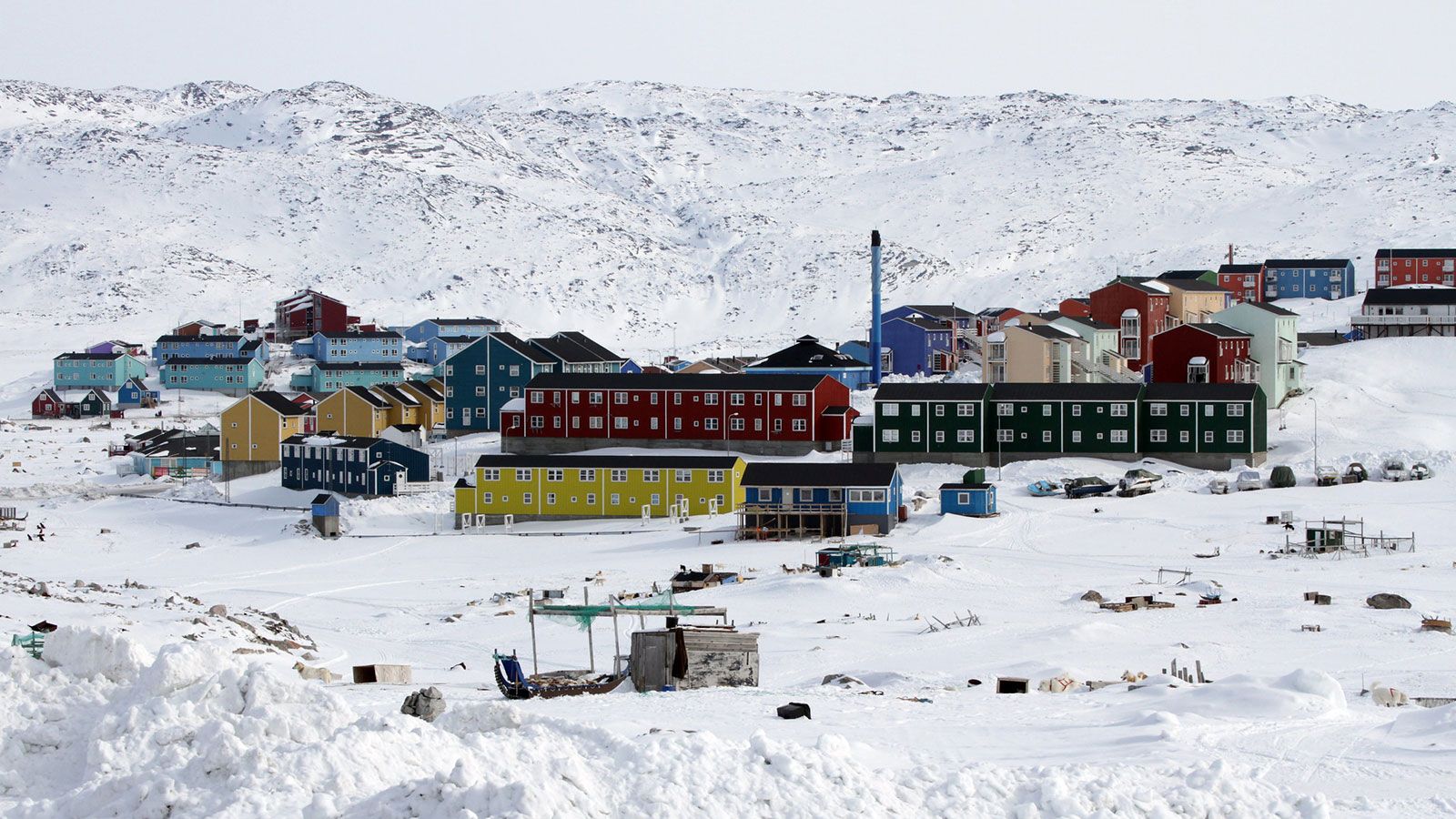The Thompson Okanagan looks and feels different than much of the rest of British Columbia. The Okanagan Valley is a popular vacation destination and fast-growing region centered on the 155-km-long Okanagan Lake. The region is known for its dry, sunny climate, dry landscapes, and lakeshore communities and a particular lifestyle.
Home to over 90 communities and over 200 licensed wineries, the landscape is as varied as the tallest peak in the Canadian Rockies to the semi-arid climate of the Okanagan Desert. It is a region rich in Indigenous culture, sun-soaked valleys surrounded by sweeping grasslands and connected throughout by water.
Thompson Okanagan Region was officially certified as the first destination in the Americas to have successfully achieved the Biosphere Tourism Destination Certification from the Responsible Tourism Institute.
Thompson Okanagan becomes the first Sustainable Destination in the Americas
Biosphere is a Responsible Tourism System (RTS) certified by the Responsible Tourism Institute.
Twenty regions around the world have received recognition from the Responsible Tourism Institute, most of which are located in Europe.
Sustainable tourism is measured by examining how a destination manages itself from several perspectives, including environmental, social and cultural perspectives.
The region also features world-class wineries, inventive, fresh fare, and rich indigenous culture that leaves a lasting mark. Besides the main activities like golf, powder skiing, lake sports, and wine, the region also offers peaceful fishing holes, remote horseback rides, and a selection of farm-fresh culinary treasures.
More than three million people visit the Thompson Okanagan each year, according to the Thompson Okanagan Tourism Association.

Photo credit: Dick Thompson Flickr
In 2018, the Thompson Okanagan Tourism Association was named the year’s winner of the prestigious Tourism for Tomorrow Destination Award during the World Travel and Tourism Council Summit in Argentina.
Some of the responsibilities are a guarantee an economic, socio-cultural and environmental balance, satisfying the current needs of tourists and host regions, reporting significant benefits for the entity, society and the environment, and protecting and improving future prospects.
Building a responsible and sustainable destination
Treetop Flyers
Sustainability is at the core of Treetop Flyers business. From repurposed shipping containers for offices and installing the only solar-powered drop swing, they are setting the mark for taking responsibility for their footprint.
BC Wildlife Park
BC Wildlife Rescue – Fawcett Family Wildlife Health Centre is a nonprofit organization committed to rescuing and rehabilitating wildlife.
Ogopogo Tours
Committed to sustaining the beautiful landscape in BC, Ogopogo Tours has energy-efficient hybrid vehicles to reduce their harm to the environment.
Myra Canyon Ranch
Surrounded by Myra-Bellevue Provincial Park and 20 minutes from Kelowna, Myra Canyon Ranch is a lodge and horseback riding facility that guests call “a magic place”.
Main photo credit: Extemporalist / Wikipedia
Want to learn more about other sustainable destination? Check out section sustainable travel destinations.


















